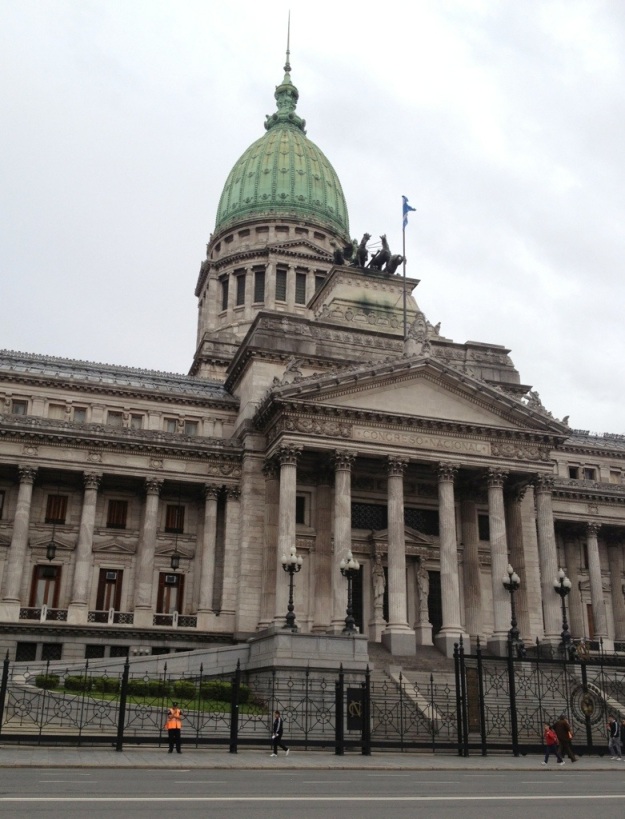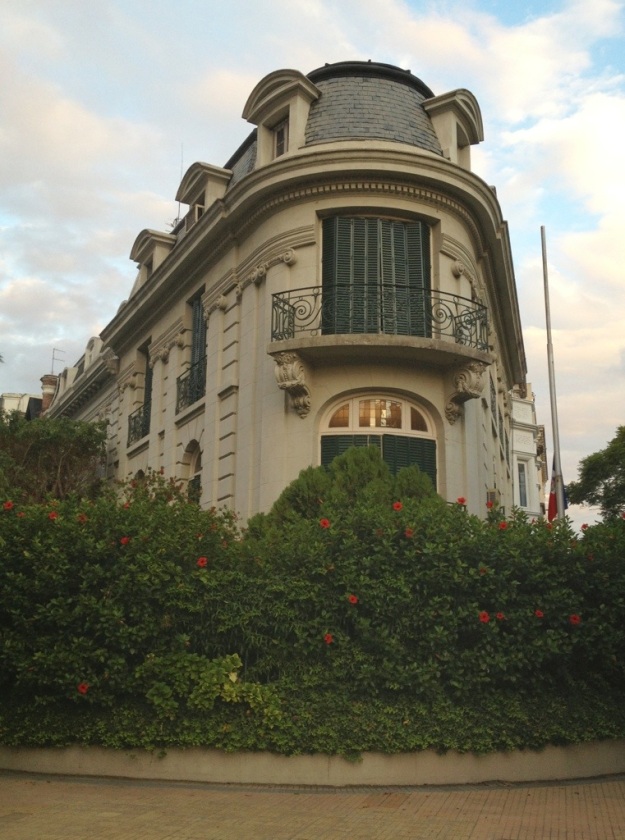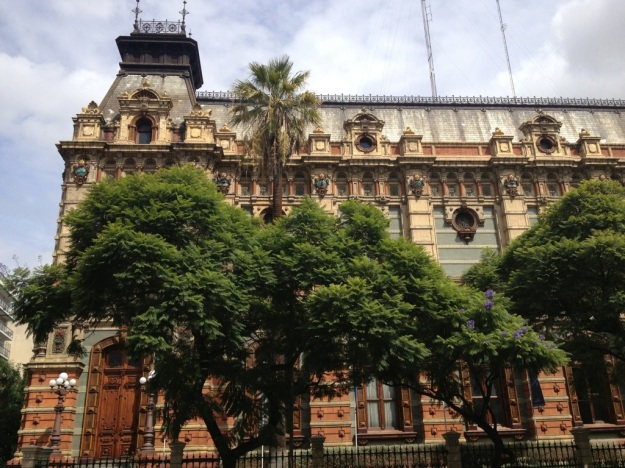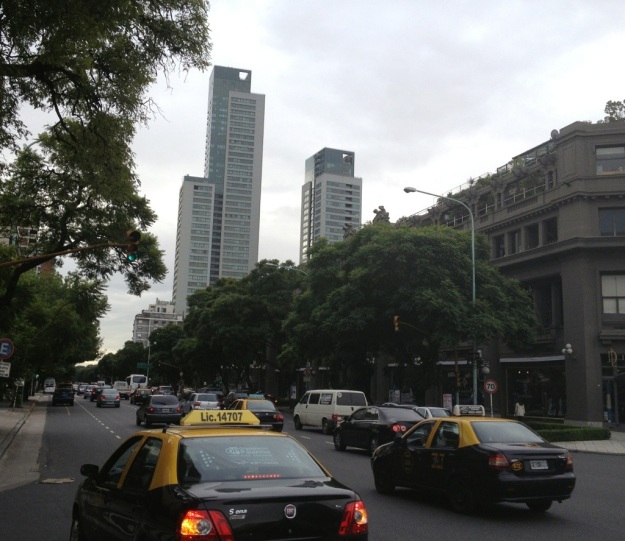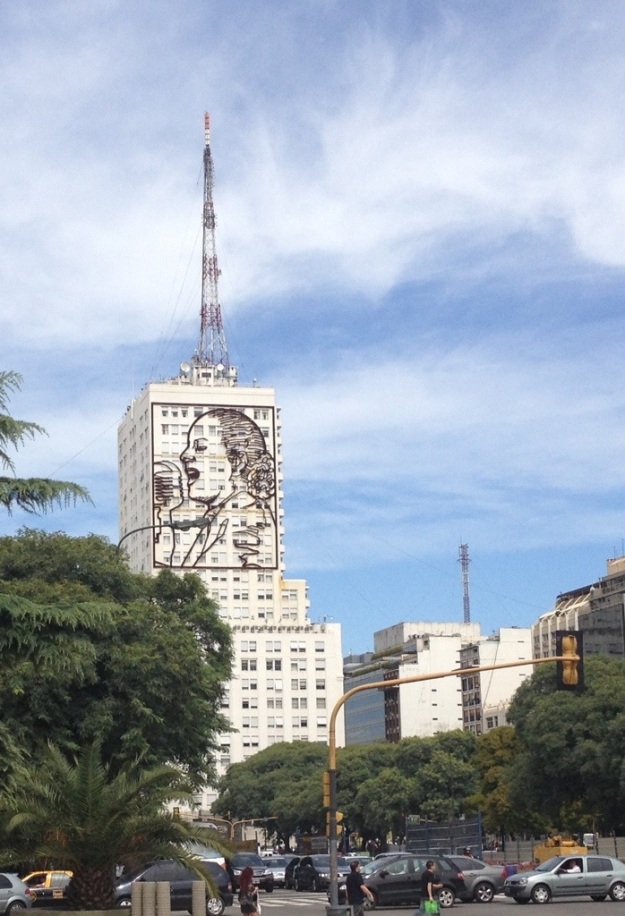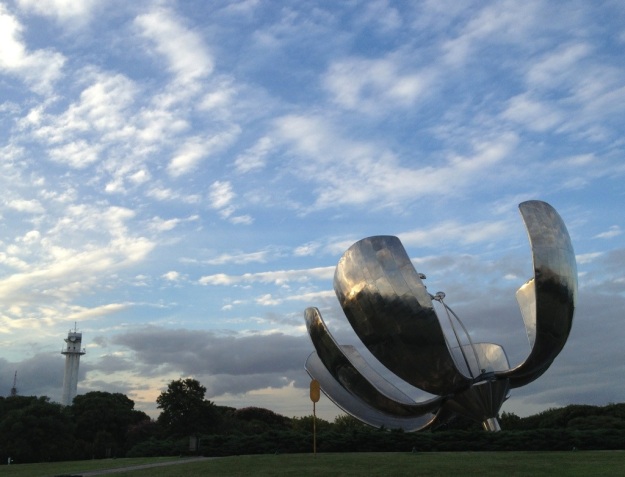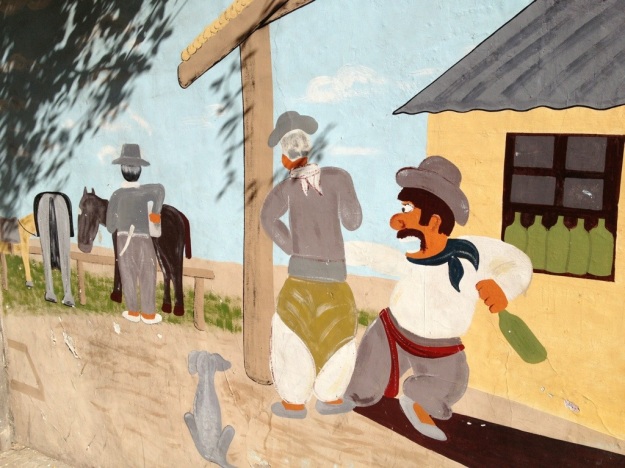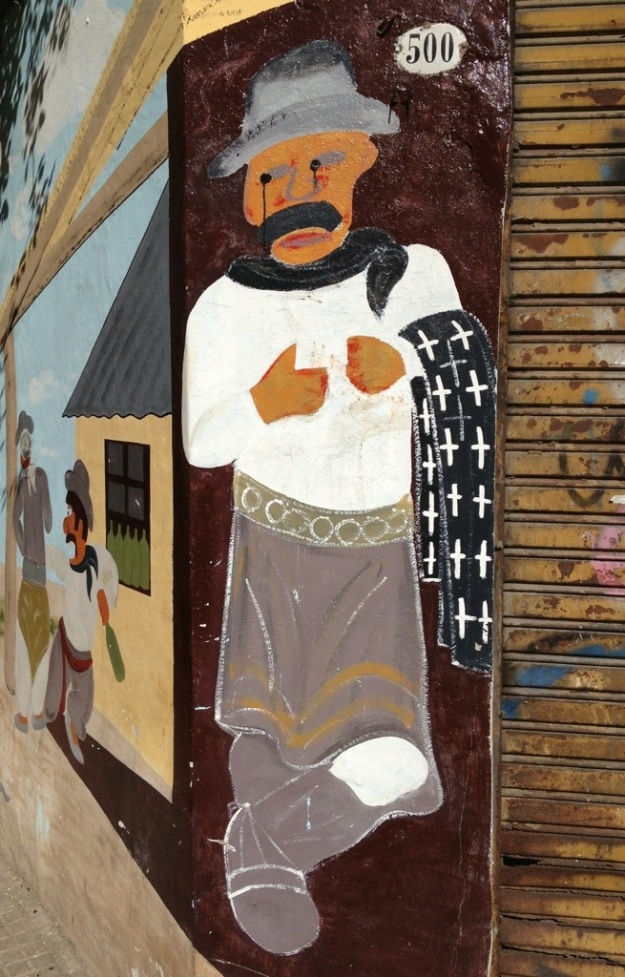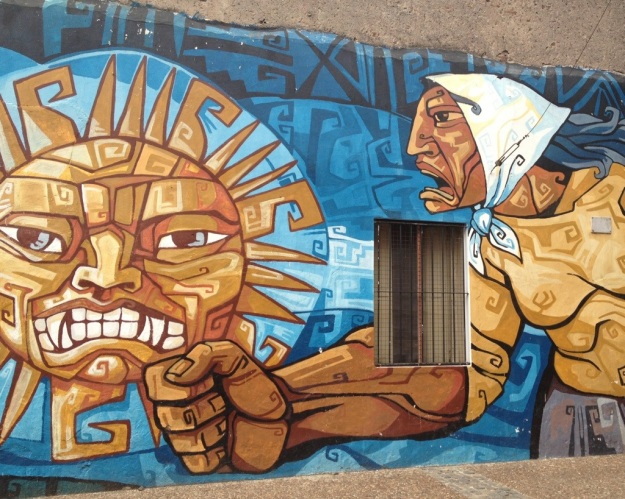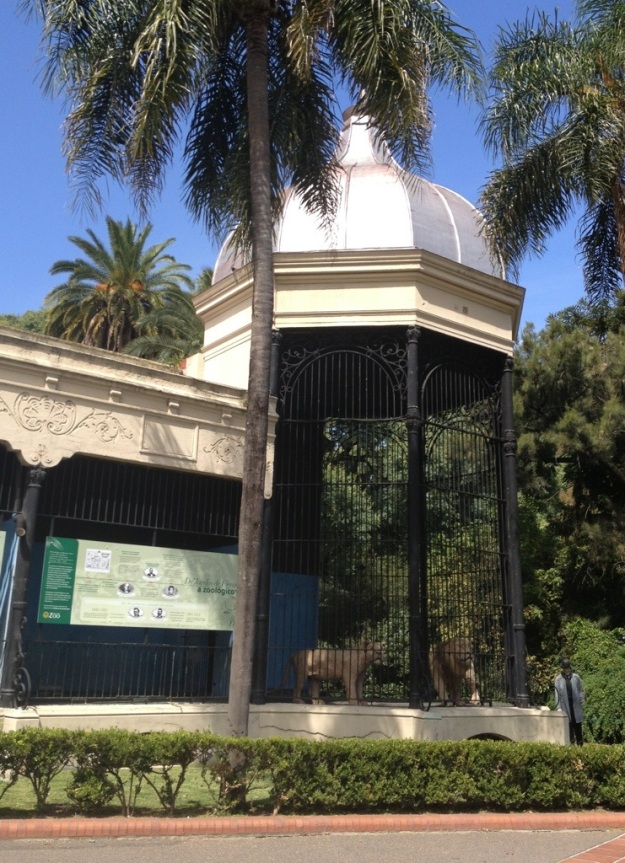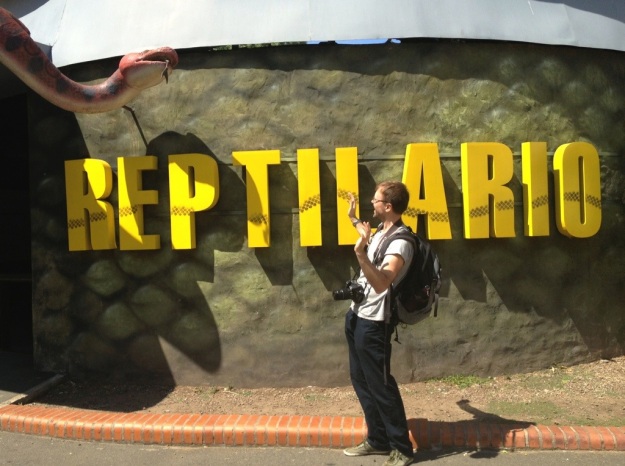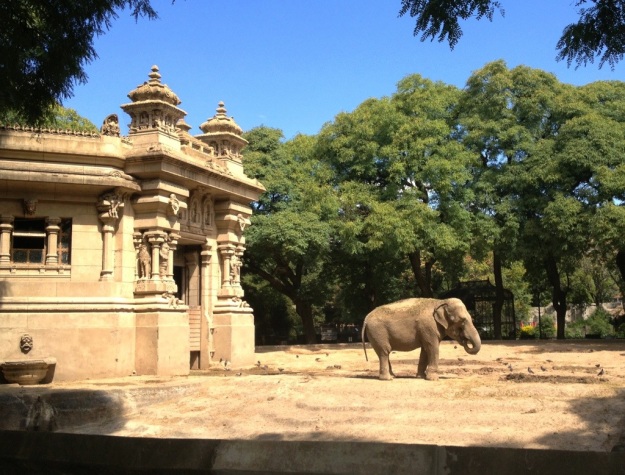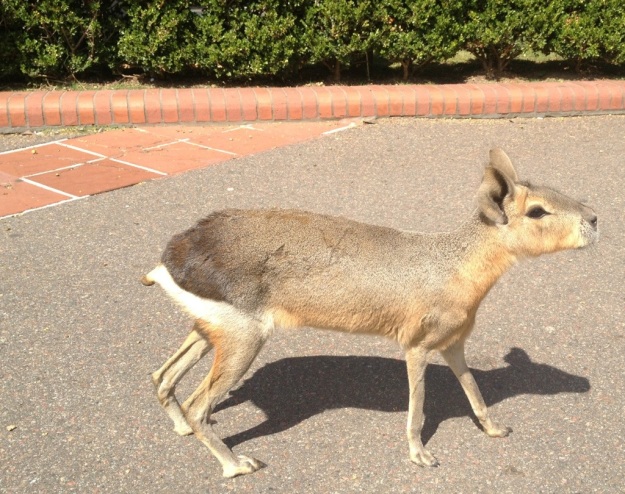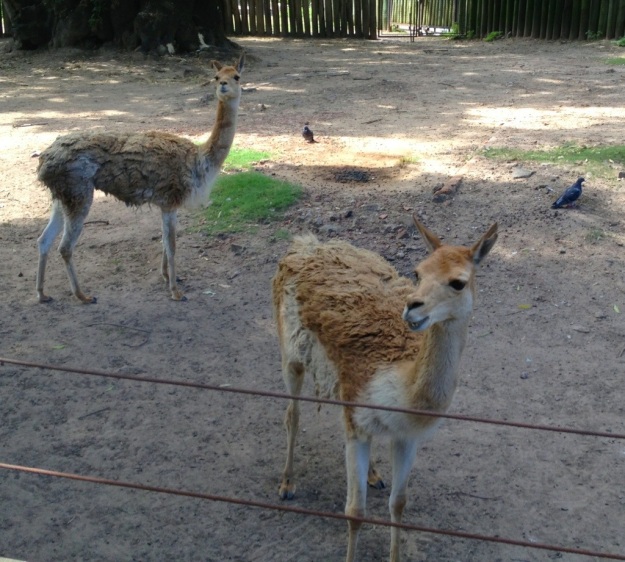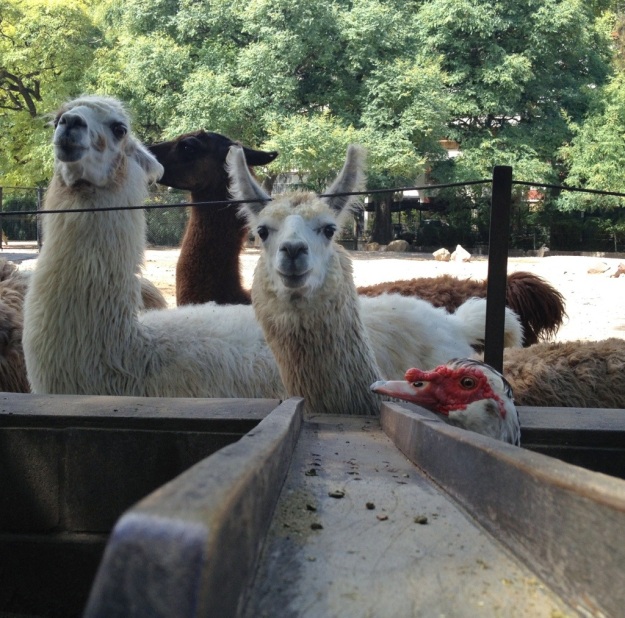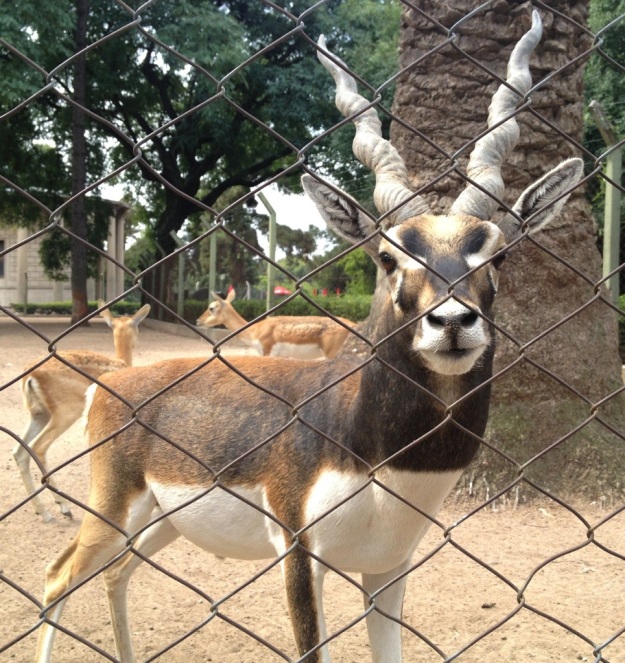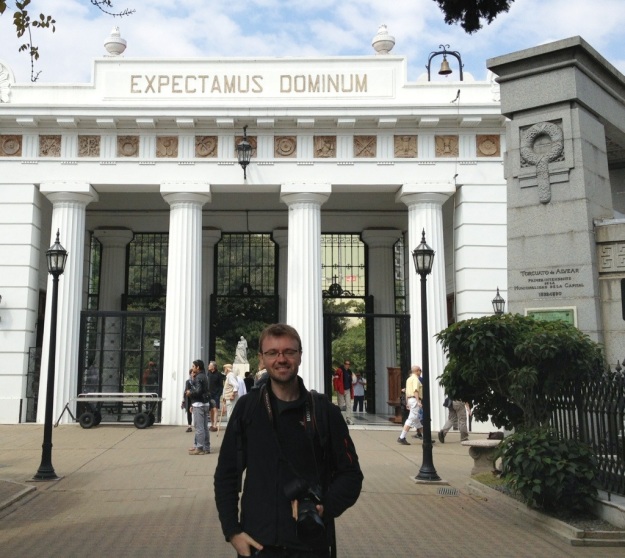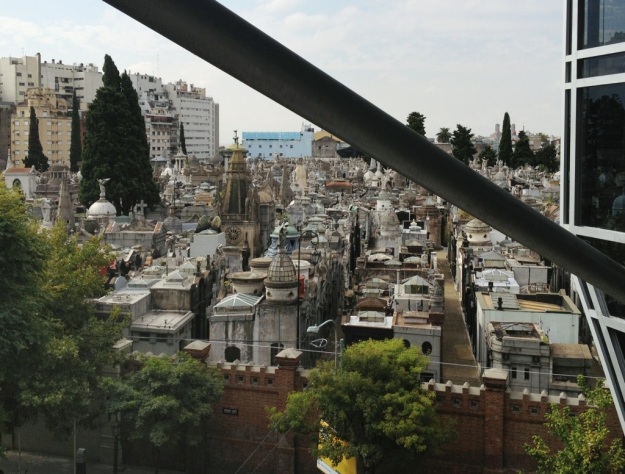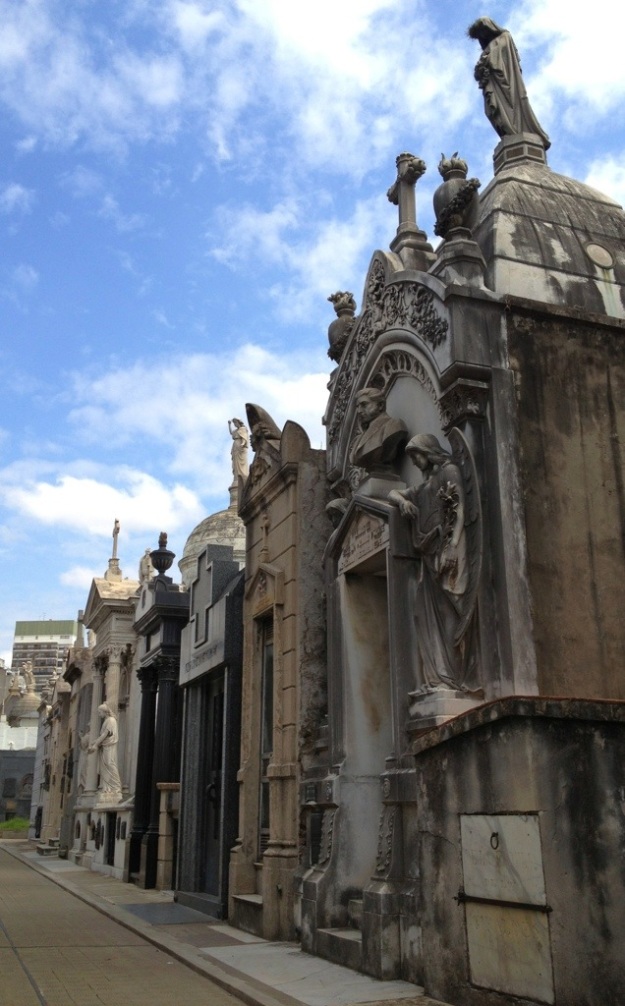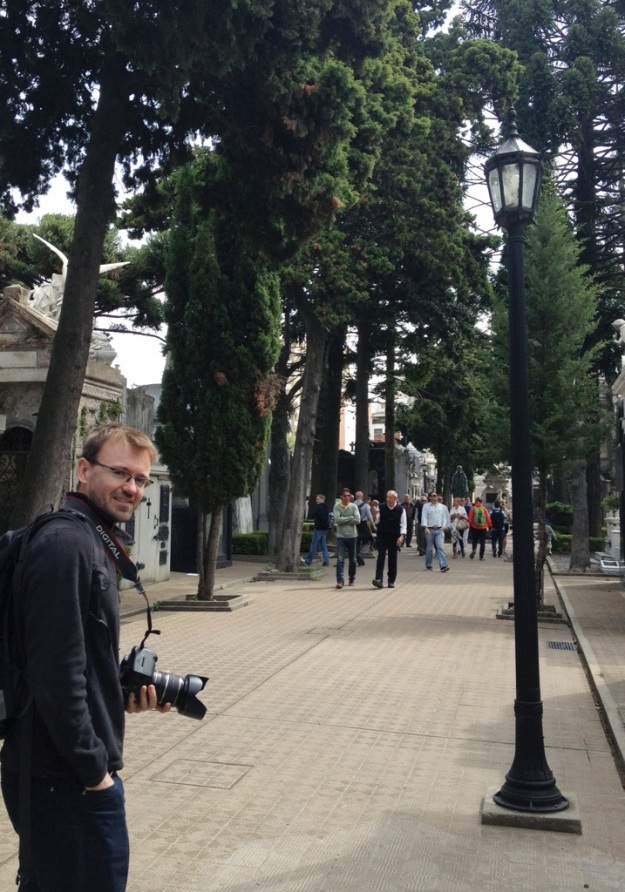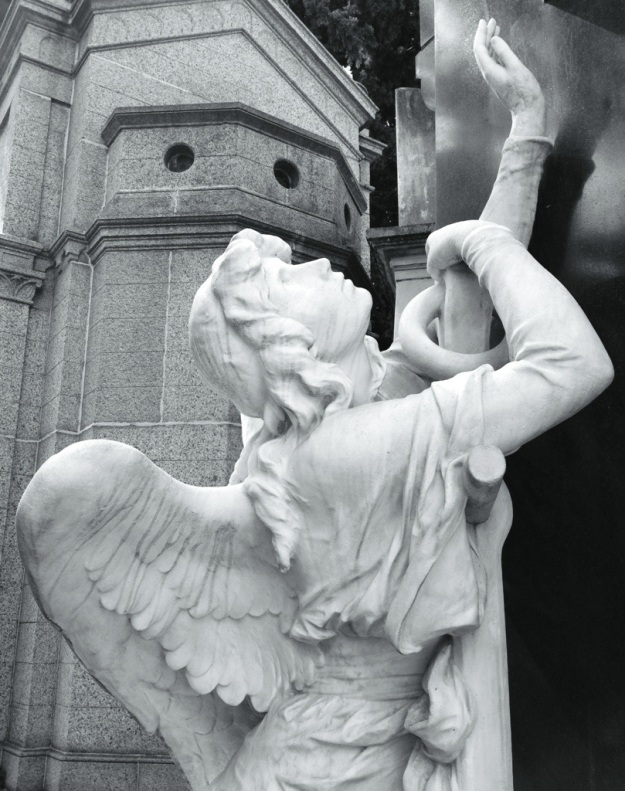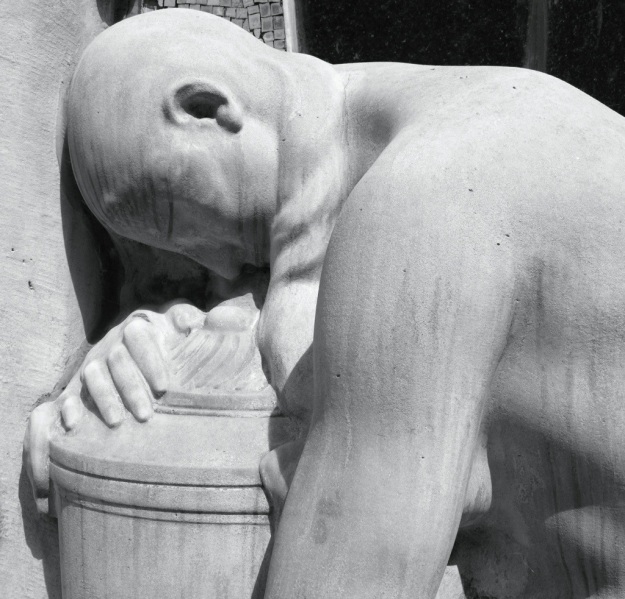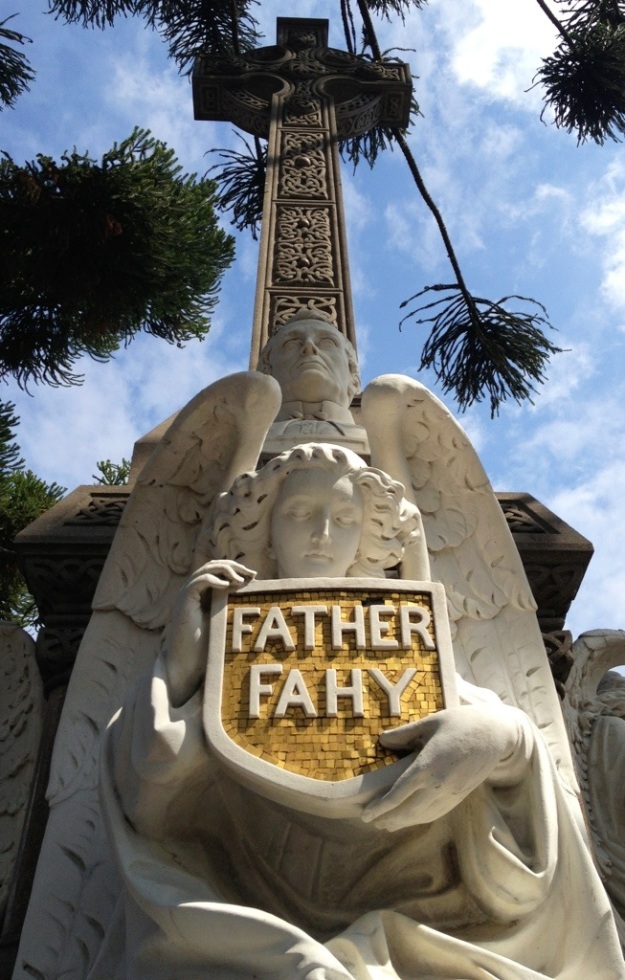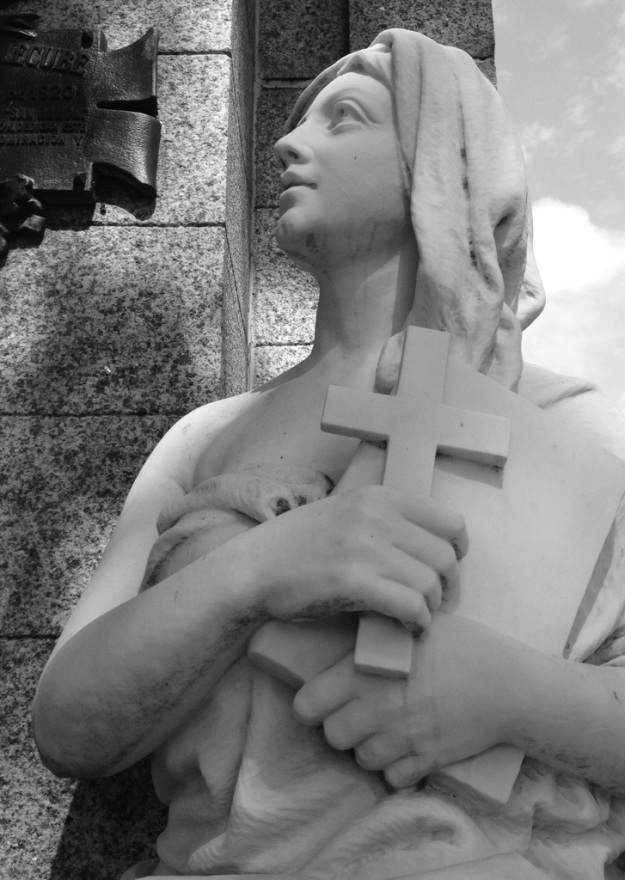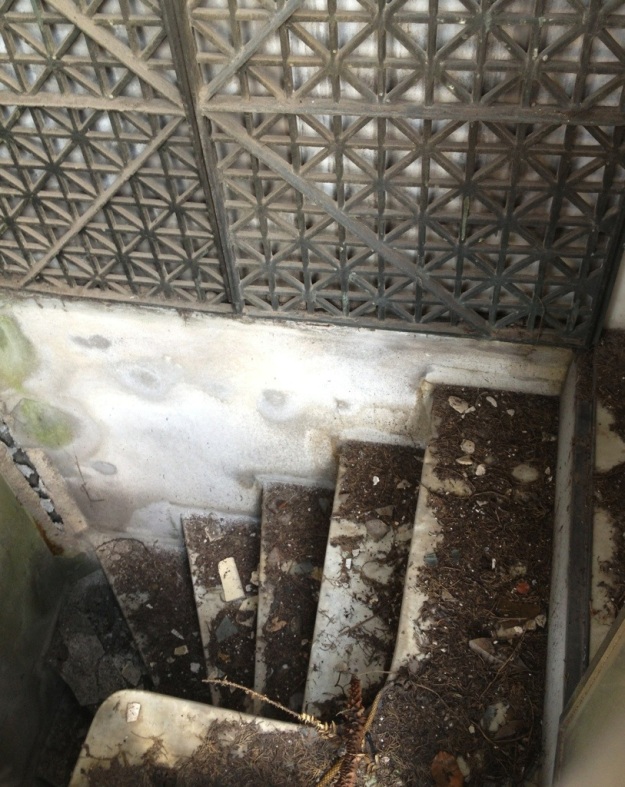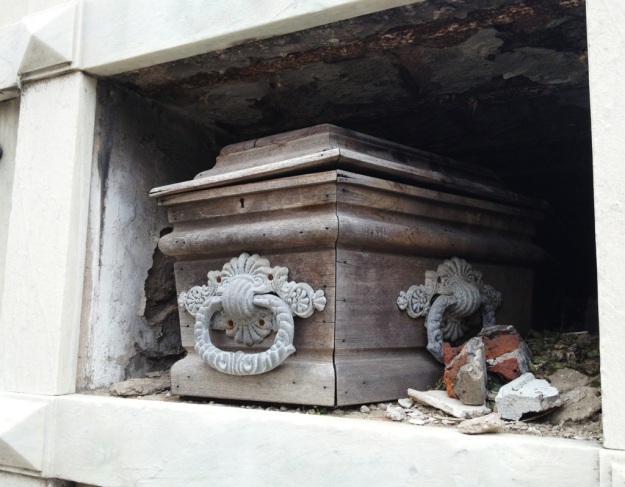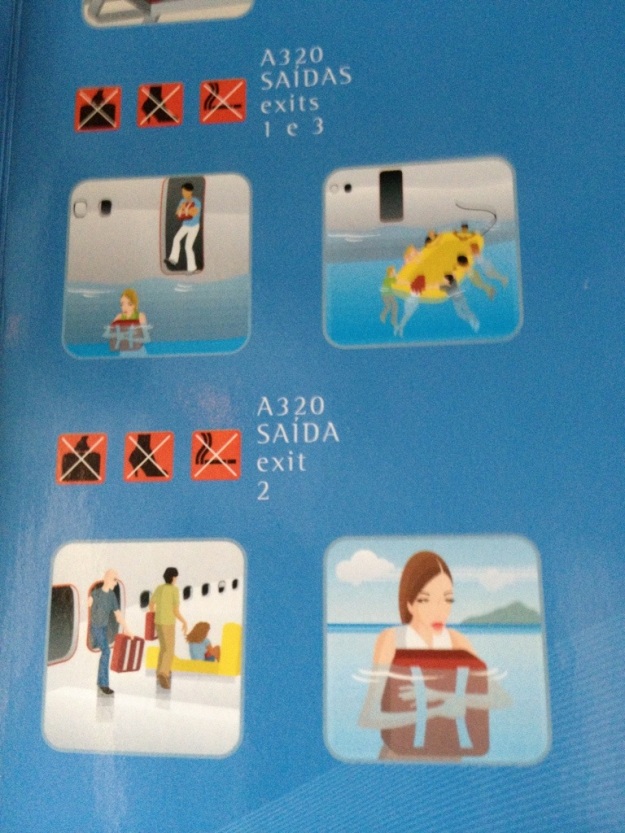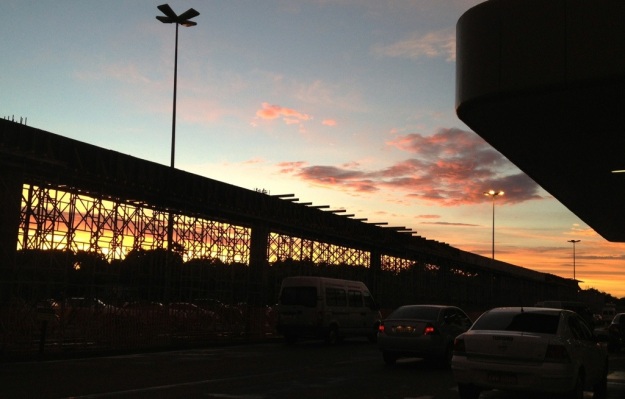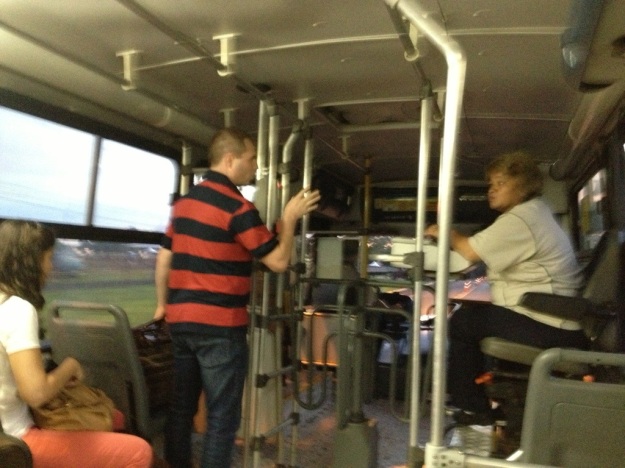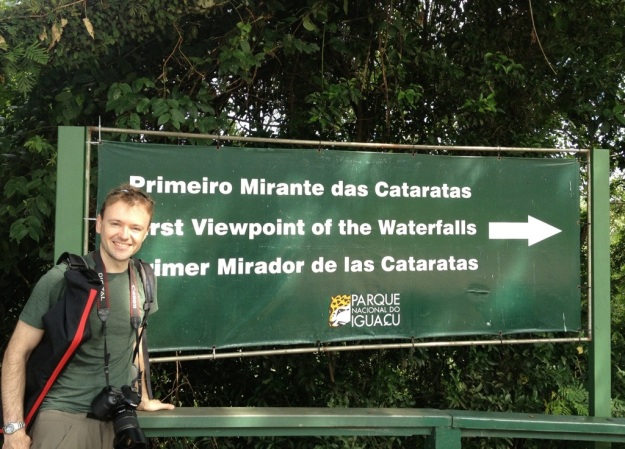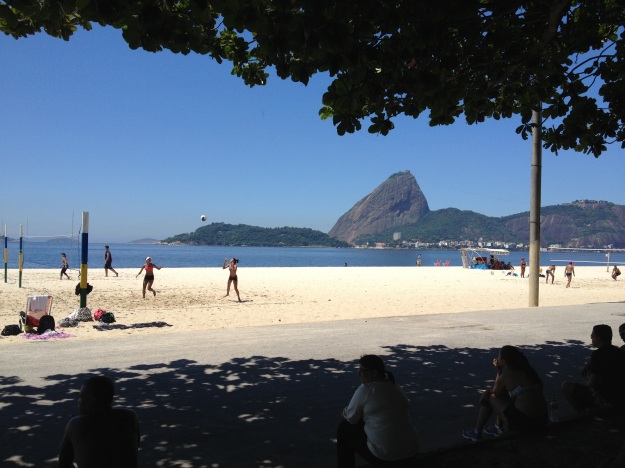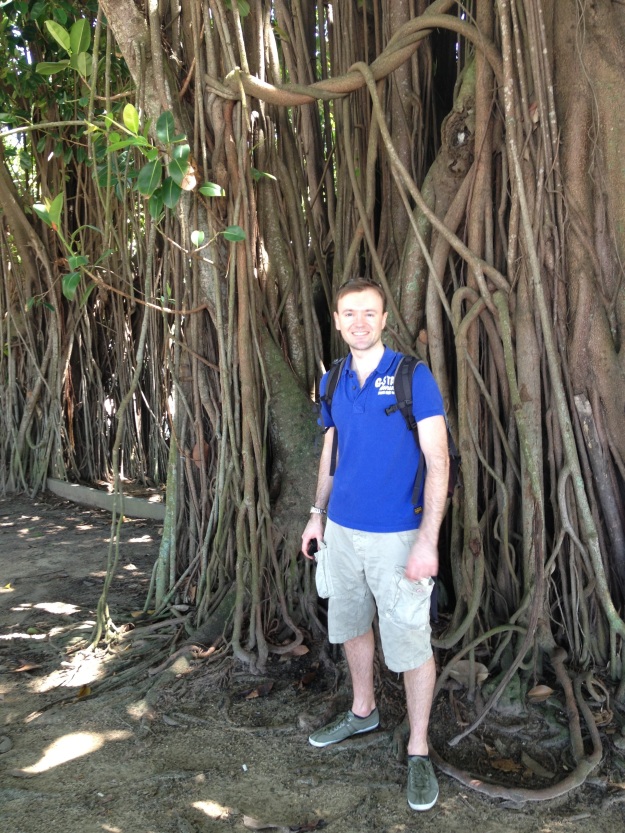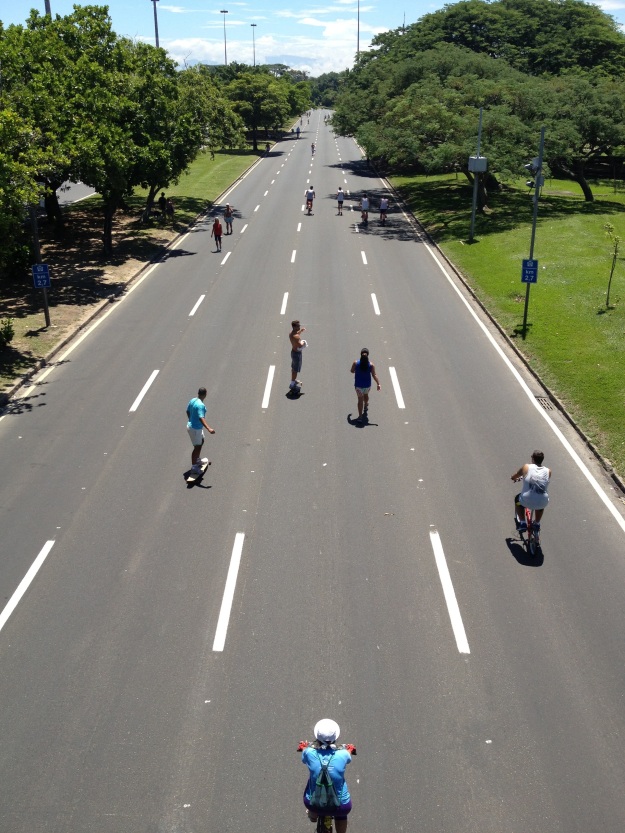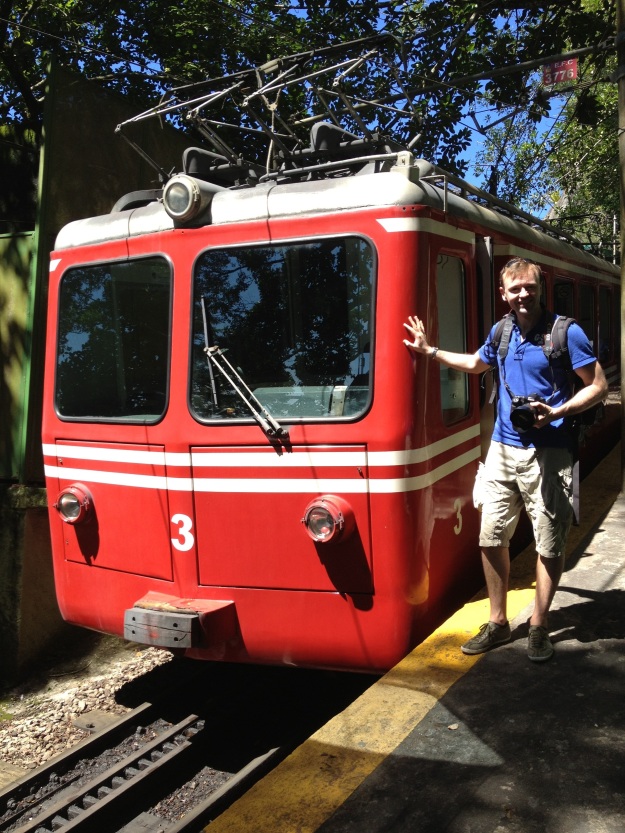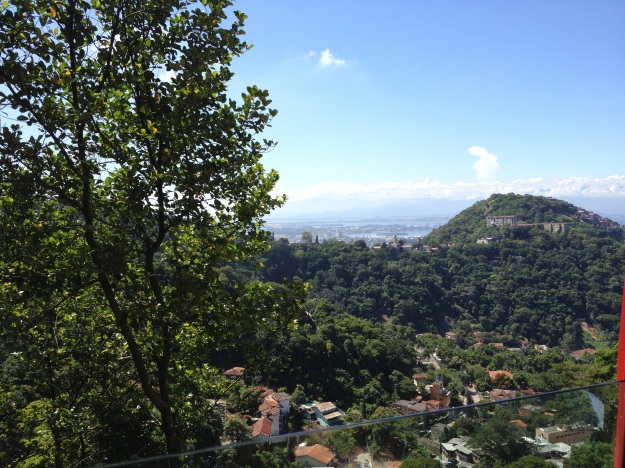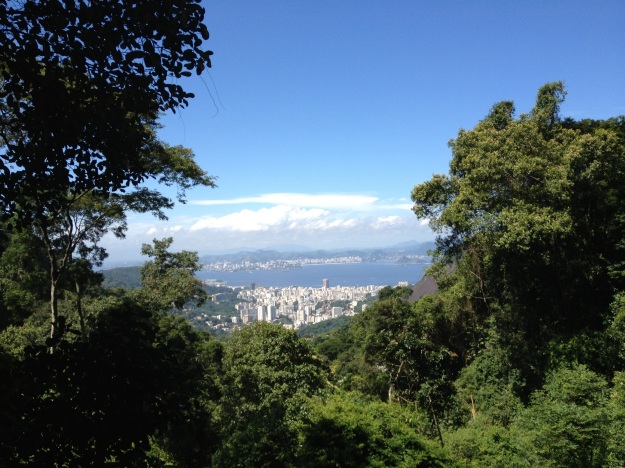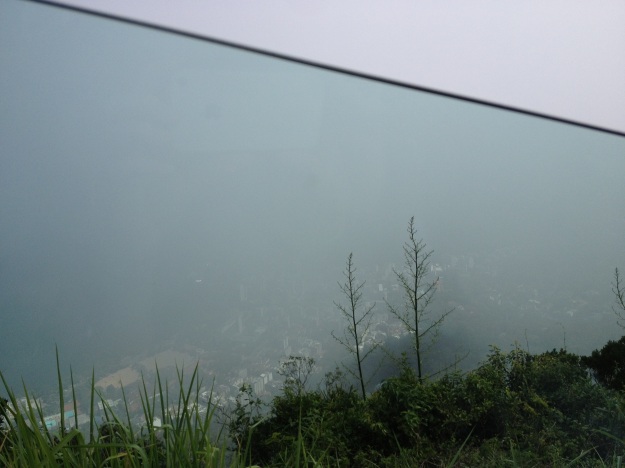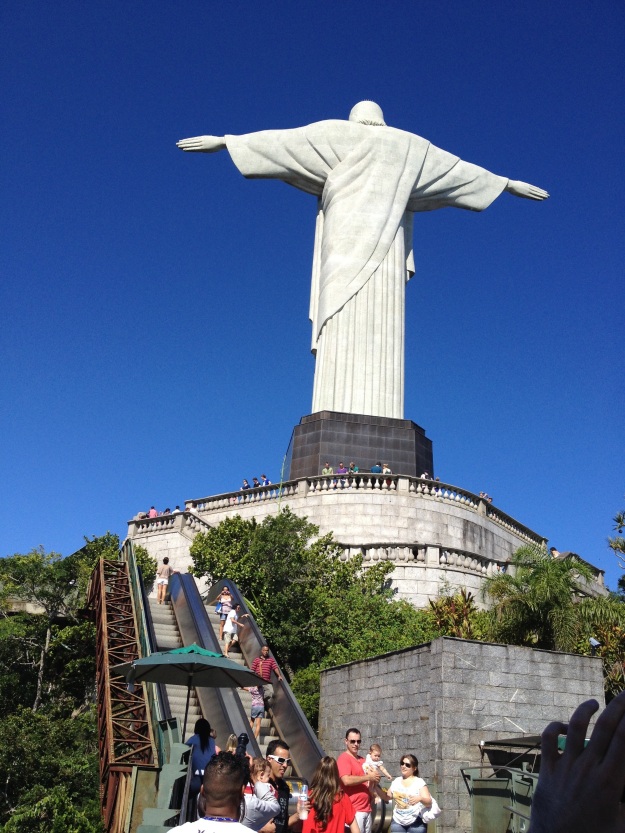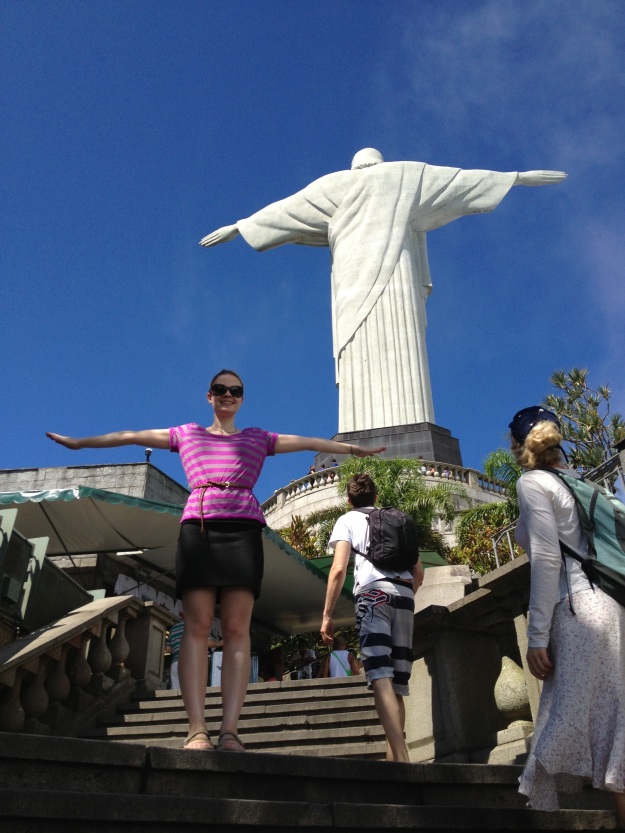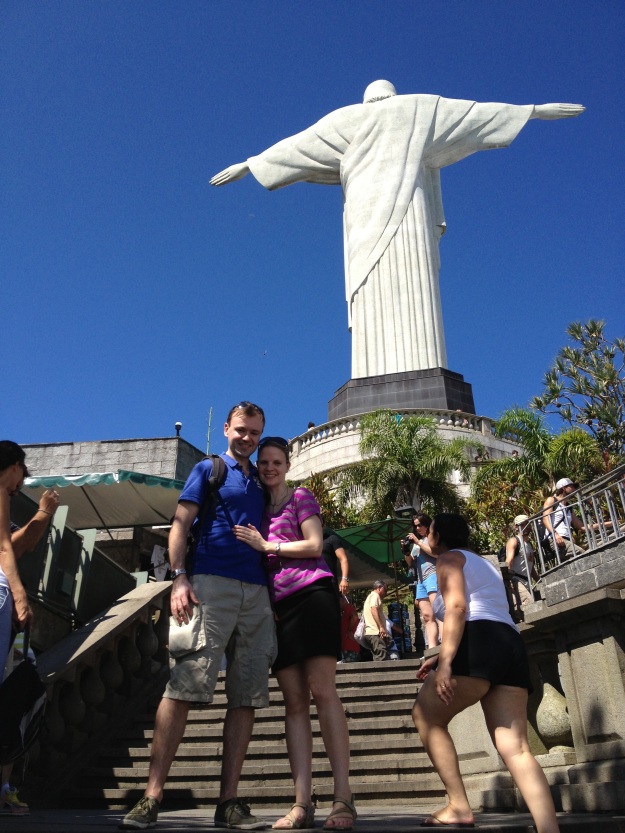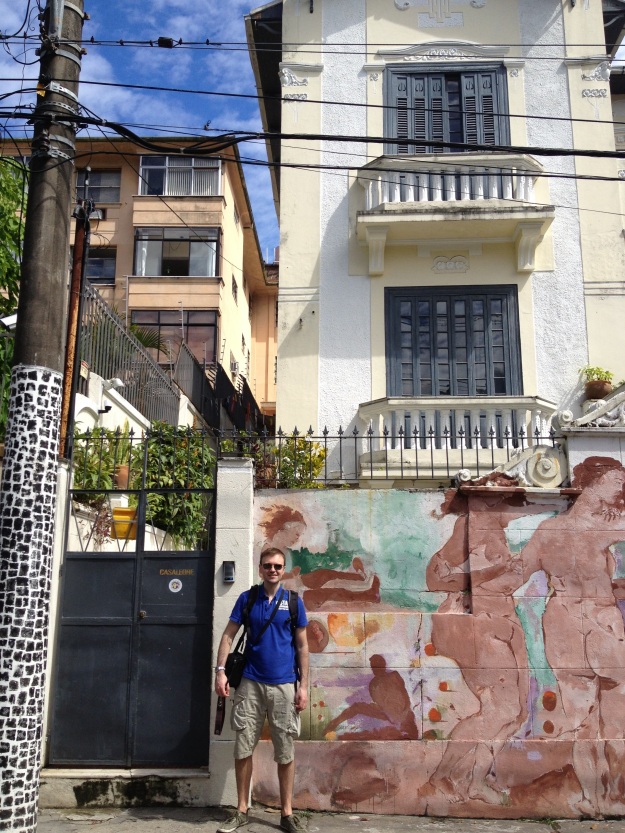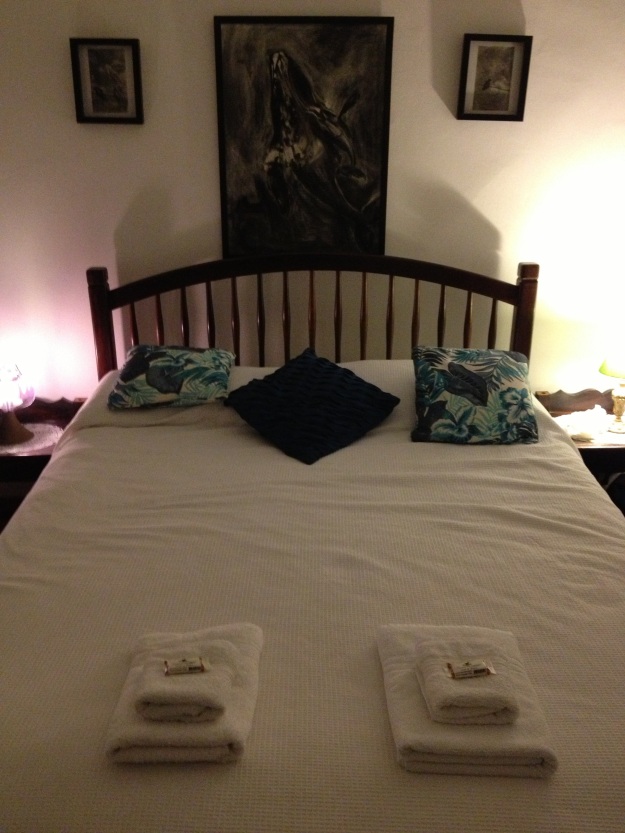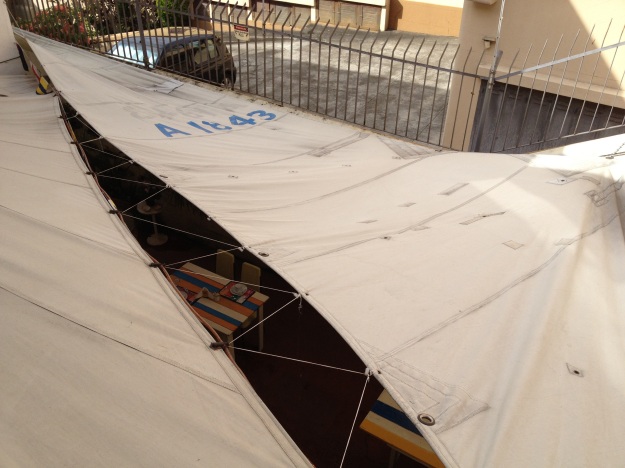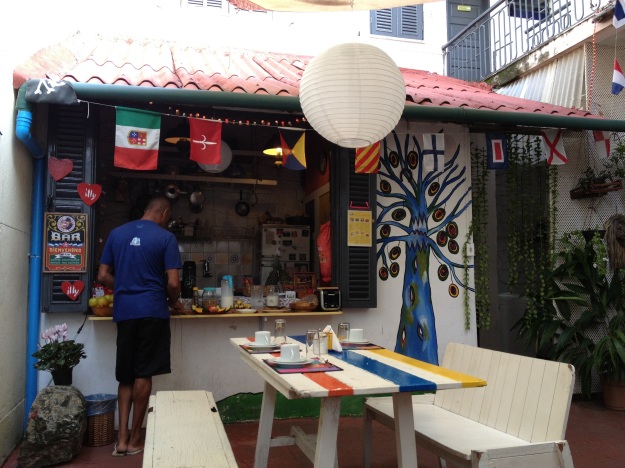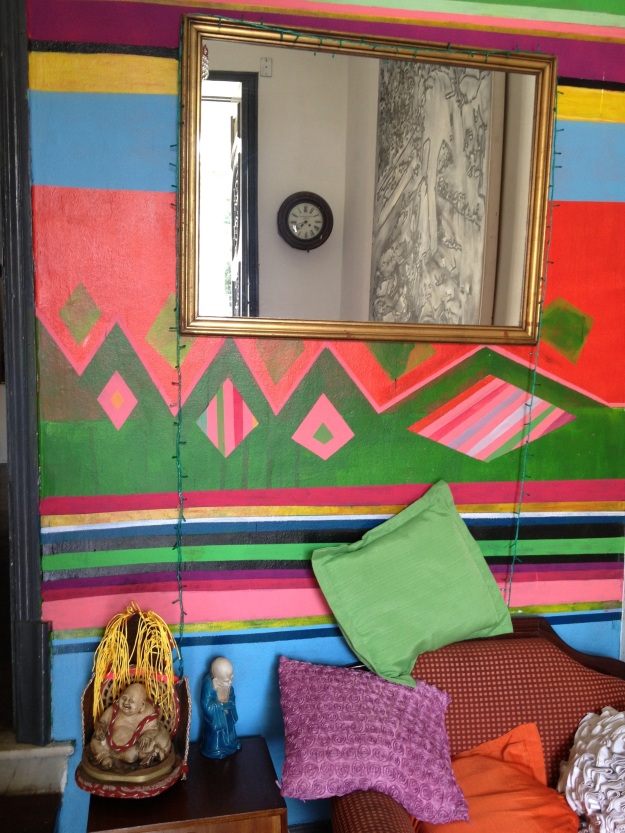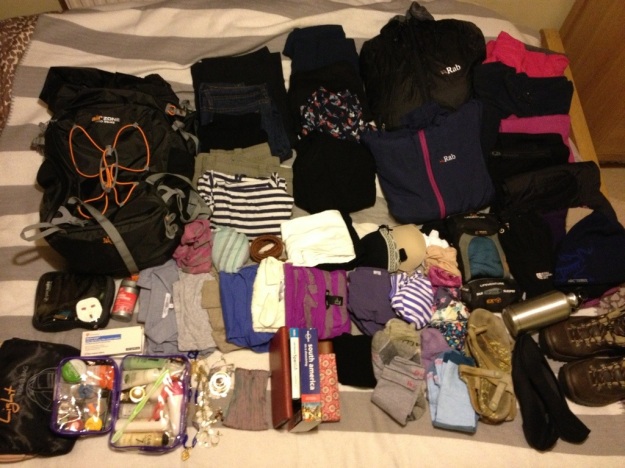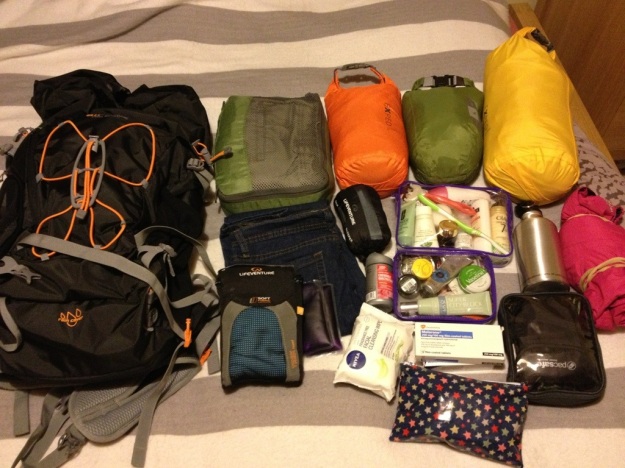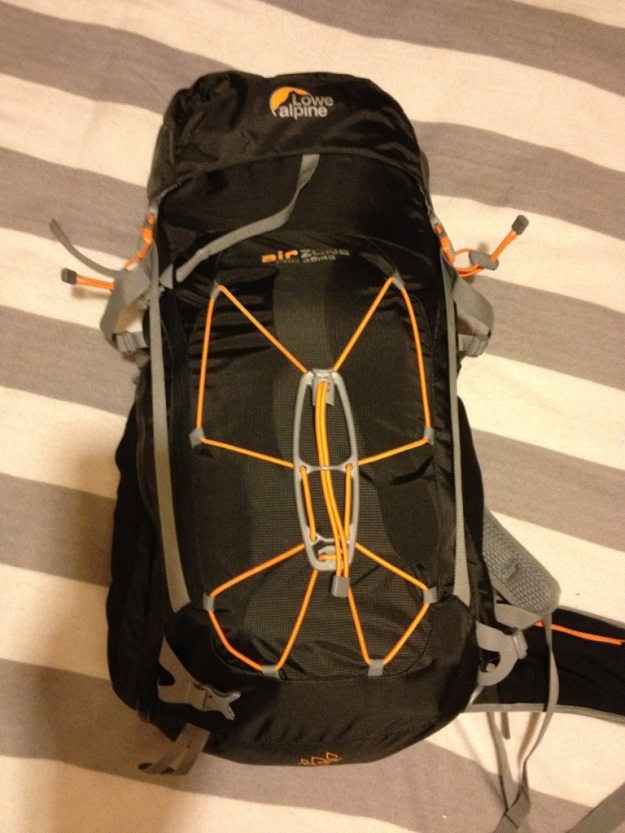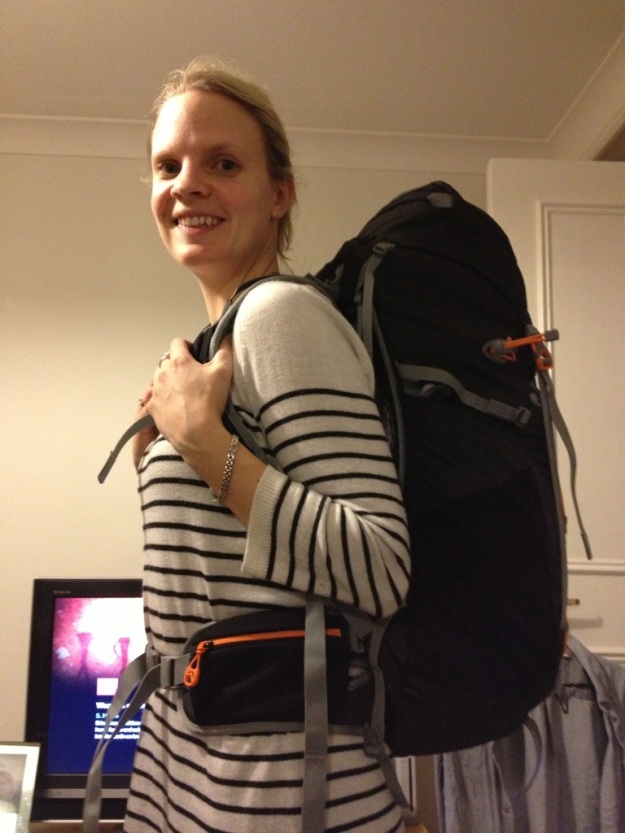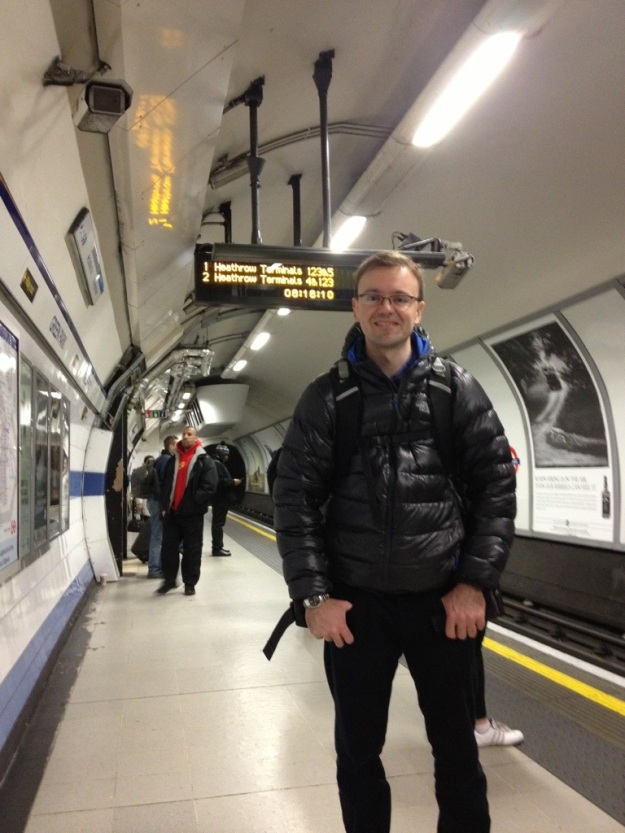As you might expect from a city established by European settlers the architecture is grand and impressive. Many nationalities have made their mark over the years reflecting the changing tastes and fashions. When Argentina declared independence from Spain in 1816 the porteños rejected Spanish culture and with it the architecture of their former governors. Italian Renaissance, German, French, Art Deco and even Roman architectural styles can be seen throughout the city. Unfortunately many of the buildings are looking tired and in need of restoration, a sign of the difficult times Argentina has had in the past. Fortunately their economy is improving so hopefully the buildings will be returned to their former glory as some of them are stunning.
The first is Palacio del Congreso which you many notice shows many similarities to the Capitol building in Washington DC which inspired its design.
This a one of the lovely houses in Palermo. Many foreign embassies are based in this area.
I really loved this next building. Its called Palacio de Las Aguas Corrientes (Palace of the running water) opened in 1894. Amazingly this beautiful building, decorated with Wedgewood tiles shipped from England was built to house 12 giant tanks to distribute water to the city. Got to love the architects in the Victorian era. Now it’s home to the public offices of the water board and a small museum.
The grid system of Buenos Aires and taxis and high rise apartments of Palermo reminded me a little of New York.
Images of Evita can be found throughout the city.
As well as architecture the parks and busy streets of Buenos Aires are decorated with sculptures and street art.
Rodin’s The Thinker contemplates the day in front of the Congresional building.
This incredible sculpture called Floralis Genérica was designed by the architect Eduardo Catalano in 2002. It is solar-powered an the enormous metallic petals open to the sun at dawn and delicately close at dusk.
The following are some of the great murals I saw in the city, mostly from San Telmo and La Boca.
This last one is not technically art, just a group of door bells to an old apartment block we passed but I just loved it and had to take a photo.
